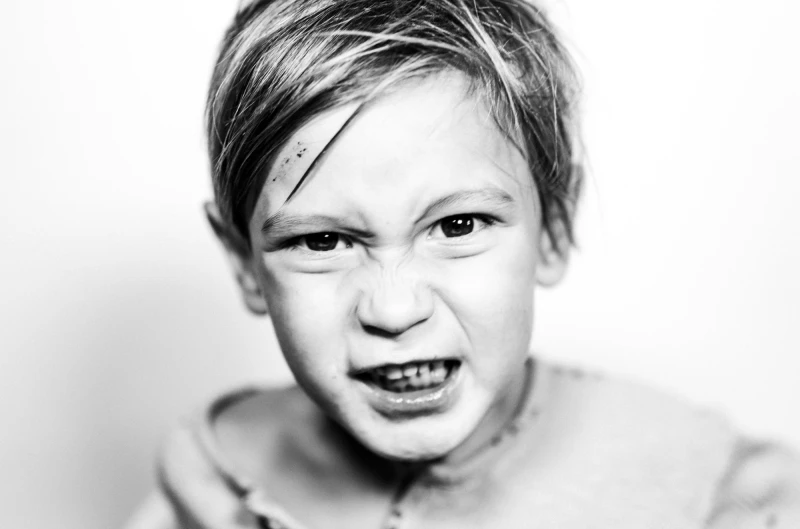
For parents and educators, it often becomes a source of concern and questions: “Is this normal?” or “How should I respond?” Modern research shows that child aggression has a multifactorial nature and is not always pathological. It is important to understand the reasons and conditions under which aggression arises in order to help the child develop harmoniously.
What Is Aggression in Children?
Aggression is a form of behavior aimed at causing harm or expressing strong dissatisfaction. In children, it can be part of natural development: protest against restrictions, asserting independence, or reacting to stress. However, sometimes aggression becomes a constant tool of interaction, making communication with peers and adults more difficult.
Main Causes of Child Aggression
Biological Factors
Some studies indicate a connection between the characteristics of the nervous system, hormone levels, and a tendency toward aggressive reactions (PubMed).
Family Environment
Children learn behavior by observing adults. If the family environment is dominated by conflict or physical punishment, the likelihood of aggressive responses in the child increases.
Social Environment
Bullying at school, difficulties in communication with peers, and academic pressure can lead to accumulated tension, which is expressed through aggression.
Psychological Factors
Low self-esteem, difficulties with self-control, and an inability to express emotions in words all increase the risk of aggressive behavior.
| Factor | Description | Impact on the Child |
|---|---|---|
| Family | Conflicts, punishments | Increased anxiety, aggressive reactions |
| School | Bullying, stress | Withdrawal or aggression outbursts |
| Biology | Nervous system characteristics | Impulsivity, self-control difficulties |
Forms of Aggression
- Physical: hitting, pushing, damaging objects.
- Verbal: shouting, insults, threats.
- Indirect: ignoring, holding grudges, manipulation.
How Should Adults Respond?
It is important not only to stop aggressive behavior but also to look for its roots. Teachers and parents should teach the child to express emotions with words, provide examples of constructive communication, and create a safe environment at home and school (Mayo Clinic, Harvard Health).
Examples of Approaches to Dealing with Aggression
- Developing emotional intelligence through games and discussions.
- Creating a “calm corner” at home or in the classroom.
- Engaging in sports or creative activities to release energy.
- Discussing conflicts with the child and exploring alternative solutions.
Answer: No, to some extent aggression can be part of normal development and a way of asserting boundaries.
Question: When should a specialist be consulted?
Answer: If aggression becomes persistent, damages relationships, or is accompanied by other difficulties (withdrawal, anxiety).
Question: Can sports help reduce aggressiveness?
Answer: Yes, regular physical activity helps channel energy in a constructive way.
When Is Professional Help Needed?
If aggression becomes chronic and interferes with the child’s development, it is worth consulting a psychologist or psychotherapist. Early support helps prevent aggressive behavior patterns from becoming fixed.
- Have you tried replacing punishment with discussion?
- What calming strategies work best in your family?
Disclaimer: This material is for informational purposes only and does not replace consultation with a doctor or psychologist. If serious problems arise, it is recommended to seek help from a qualified specialist.


